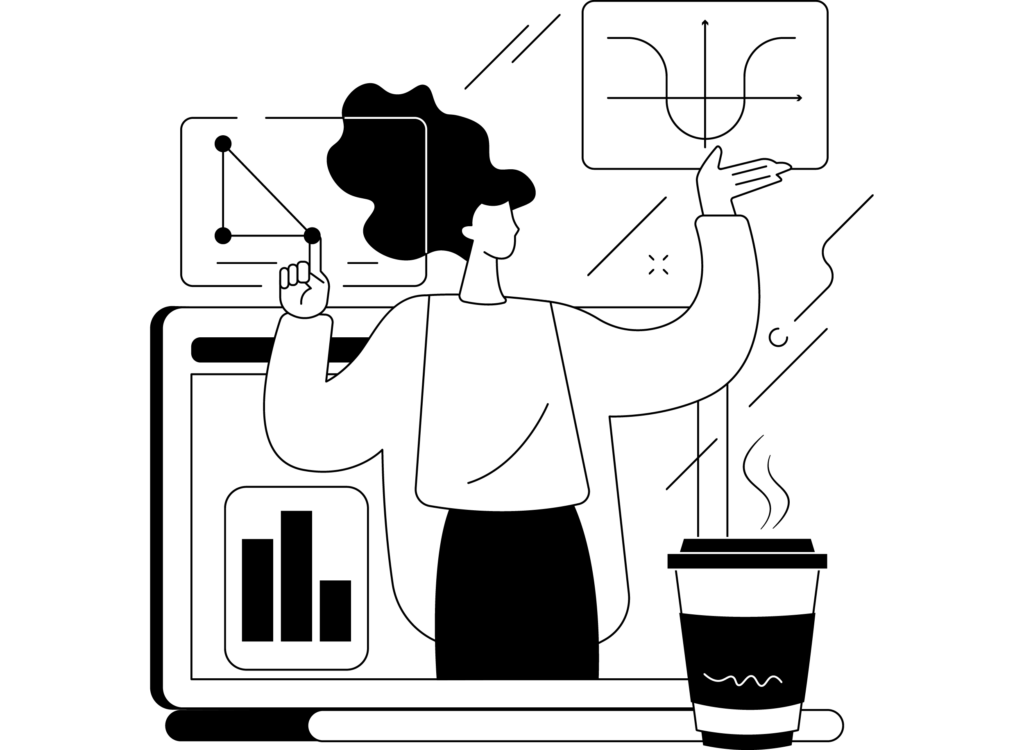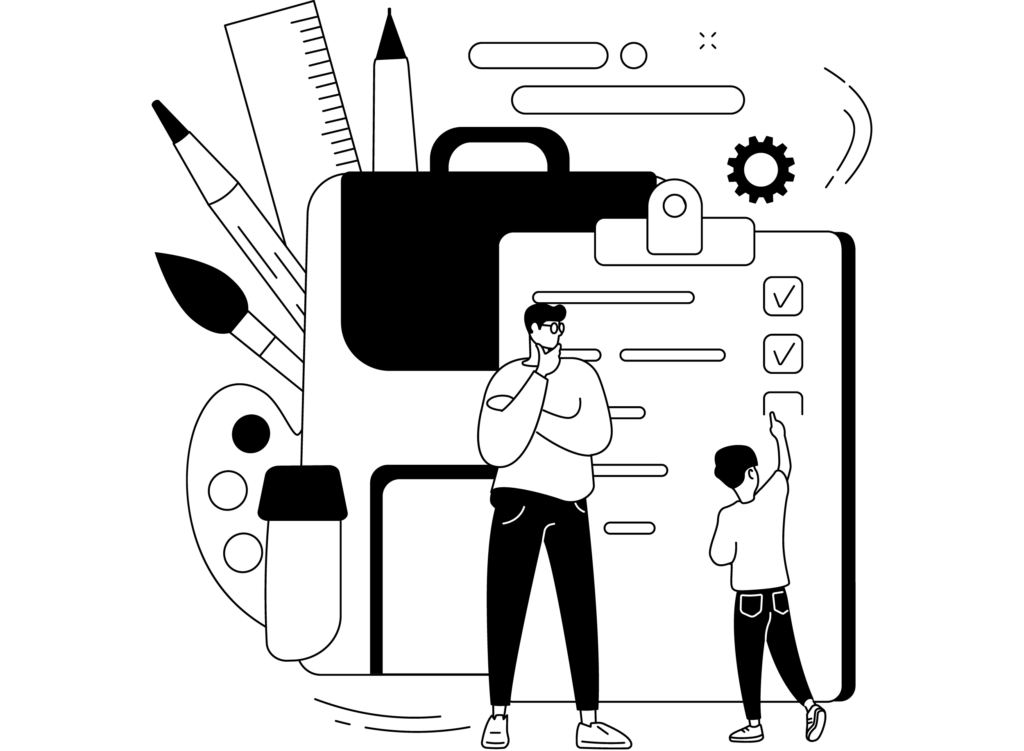System Requirements for Graphic Design: A Comprehensive Guide for Creatives

Are you a graphic designer looking to optimize your workflow? Whether you’re a beginner or a seasoned pro, having the right hardware is crucial for unleashing your creative potential. In this guide, we’ll explore the essential system requirements for graphic design, helping you choose the best setup to meet your needs. With the right tools, you can say goodbye to lag and hello to a seamless design experience.
Why Your System Matters in Graphic Design
When it comes to graphic design, your computer’s performance can significantly impact your work. High-resolution images, complex vector graphics, and 3D modeling demand a system that can handle these tasks without slowing you down. The last thing you want is for your creativity to be hampered by technical limitations. So, let’s dive into what you need to keep your design process smooth and efficient.
Minimum System Requirements for Graphic Design
If you’re just starting or working on less intensive projects, the following specifications will help you get the job done:
Processor (CPU):
A powerful processor is essential. An Intel Core i5 or AMD Ryzen 5 with a clock speed of 2.0 GHz or higher will provide the necessary power for basic graphic design tasks.RAM:
Adequate memory is crucial for multitasking and handling larger files. Aim for at least 8 GB of RAM, though 16 GB is recommended for better performance.Graphics Card (GPU):
Integrated GPUs like Intel HD Graphics can manage simple tasks, but for more demanding projects, a dedicated GPU such as the NVIDIA GeForce GTX 1050 or AMD Radeon RX 560 is preferable.Storage:
A 256 GB SSD is a good starting point, offering faster load times and improved overall performance compared to traditional hard drives. Consider adding an HDD for extra storage if needed.Display:
A 1080p resolution screen is the minimum standard for graphic design. A 15-inch display is sufficient, but larger screens offer more workspace and better visibility for details.Operating System:
Make sure you’re running Windows 10 or 11 (64-bit) or macOS 10.15 (Catalina) or later to support the latest design software.Input Devices:
A reliable keyboard and mouse are essential. For more precise work, a graphics tablet is highly recommended.Software:
Popular graphic design tools include Adobe Creative Suite (Photoshop, Illustrator, etc.), Affinity Designer/Photo, CorelDRAW, and GIMP if you’re looking for free alternatives.
Recommended System Requirements for Professional Graphic Design
If you’re dealing with large files, working in 3D, or simply want a faster and more responsive experience, consider these recommended specifications:
Processor (CPU):
Upgrade to an Intel Core i7 or AMD Ryzen 7 with a clock speed of 3.0 GHz or higher for more demanding tasks.RAM:
16 GB of RAM is ideal, though 32 GB or more will ensure you can handle the largest projects without any slowdown.Graphics Card (GPU):
A dedicated GPU like the NVIDIA GeForce RTX 2060 or AMD Radeon RX 5700 XT is recommended, with a minimum of 4 GB VRAM, though 6 GB or more is preferable for high-end work.Storage:
A 512 GB SSD provides ample space and speed for your operating system and software. Consider a secondary SSD dedicated to scratch disk purposes to further enhance performance.Display:
For those who require detailed work, a 4K resolution display is ideal. A 27-inch monitor or a dual-monitor setup will give you the expansive workspace you need to see your designs in all their glory.Operating System:
Upgrade to Windows 11 (64-bit) or macOS 11 (Big Sur) or later to ensure compatibility with the latest software features and updates.Input Devices:
High-precision mice and Wacom tablets or similar devices offer the control needed for intricate designs.Software:
Ensure you’re using the latest versions of your graphic design software to take advantage of new features and optimized performance.
Final Thoughts on System Requirements for Graphic Design
Investing in the right hardware for graphic design is an investment in your creative future. Whether you’re just starting or looking to upgrade your current setup, understanding the minimum and recommended system requirements will help you make informed decisions and ensure your tools are never the bottleneck in your creative process.
By following these guidelines, you can optimize your system to meet your graphic design needs, leading to better productivity and more time spent on what truly matters—creating amazing designs. Happy designing!

